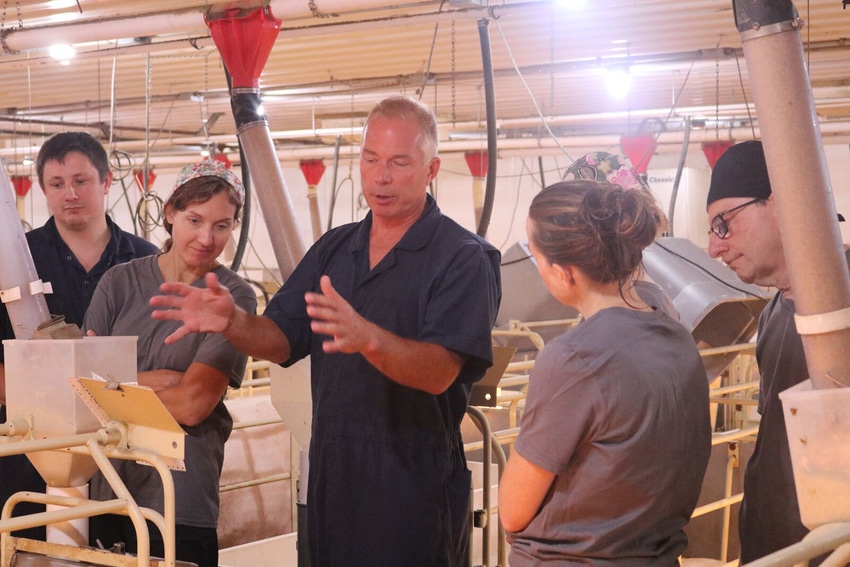Pipestone conducts AMR surveillance on commercial pig farms, looking at pathogens of food safety and veterinary importance.

Two years ago, I had the opportunity to attend the National Institute for Animal Agriculture's Antibiotic Symposium in Overland Park, Kan., where Joel Nerem, DVM, director of health at Pipestone Veterinary Services, gave an update on the team's antibiotic resistance tracking efforts. In addition to their producer level tracking program, the Pipestone Antibiotic Resistance Tracker, the pork production system was just starting an antibiotic resistance research project with the National Pork Board to track resistance for the lifetime of pigs in a new Biological Safety Level 2 facility.
Last week I once again had the privilege to attend the NIAA Antibiotic Symposium, albeit this time virtually, and Pipestone was once again on the docket, with yet another new antibiotic resistance tracking project — the Imagine project.
According to Scott Dee, director of Pipestone Applied Research, the objectives of the project are to conduct antimicrobial resistance surveillance on commercial pig farms, looking at pathogens of food safety importance from the National Antimicrobial Resistance Monitoring Service: E coli, Salmonella, Enterococcus and Campylobacter, as well as pathogens of veterinary importance, Glaesserella parasuis disease, Streptococcus suis and Actinobacillus suis.
"We're going to conduct AMR surveillance across all those pathogens. We plan to compare the level of AMR with the level of antibiotic use," Dee says. "Ideally, we'd like to try to develop and validate a model of AMR surveillance the industry could use, in an effort to benefit the U.S. swine industry."
One hundred sixty sites participated during the first year of Imagine. The sites were tested two times per year (320 samplings). Environmental samples were collected via NARMS standards as well as pathogens from healthy and sick pigs. Phenotypic data was sent to South Dakota State University and genotypic comparison was conducted by the USDA.
"The data are summarized via pivot tables to provide a flexible platform to answer key questions,” Dee says.
Some of the areas the research team are investigating with the sample analytics are the frequency of bacterial recovery, AMR trends over time, resistance over time as it compares with antibiotic usage data and how it relates to the use of critically important antibiotics. The project is funded by the National Pork Board, the Foundation for Food and Agricultural Research, the International Consortium for Antimicrobial Stewardship in Agriculture and Pipestone.
"We are currently recruiting funding for year two and seeking additional collaborators," Dee says. "We envision this to be a long multi-year endeavor. We don't think we can do this correctly in one year, we're thinking we need five or 10 years to pull this off."
Great work Pipestone team and looking forward to hearing more on this important AMR research being conducted at the livestock level — perhaps at a future NIAA Antibiotic Symposium.
About the Author(s)
You May Also Like





